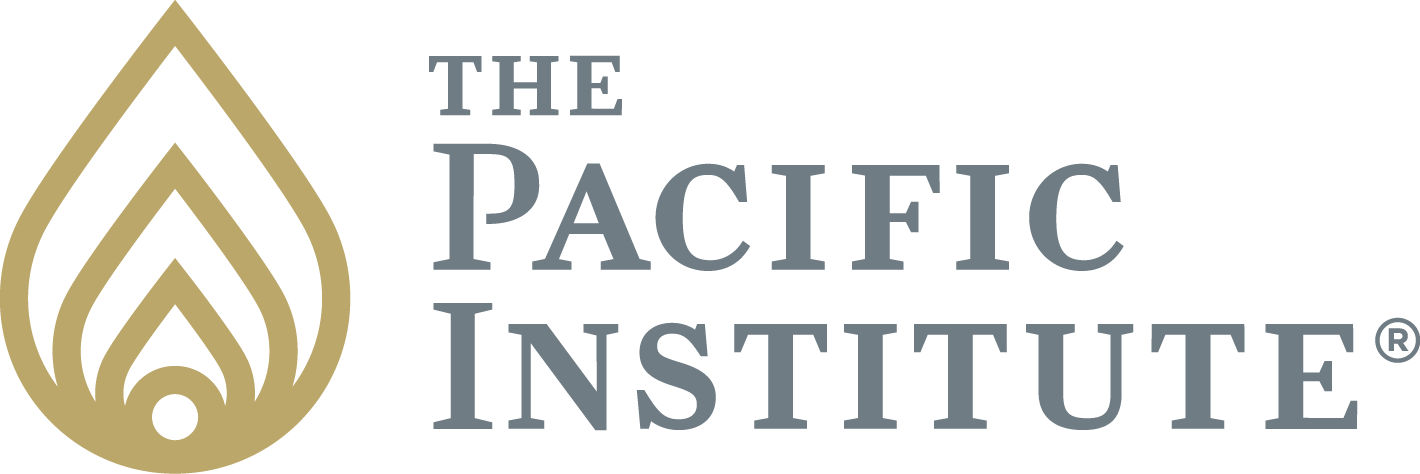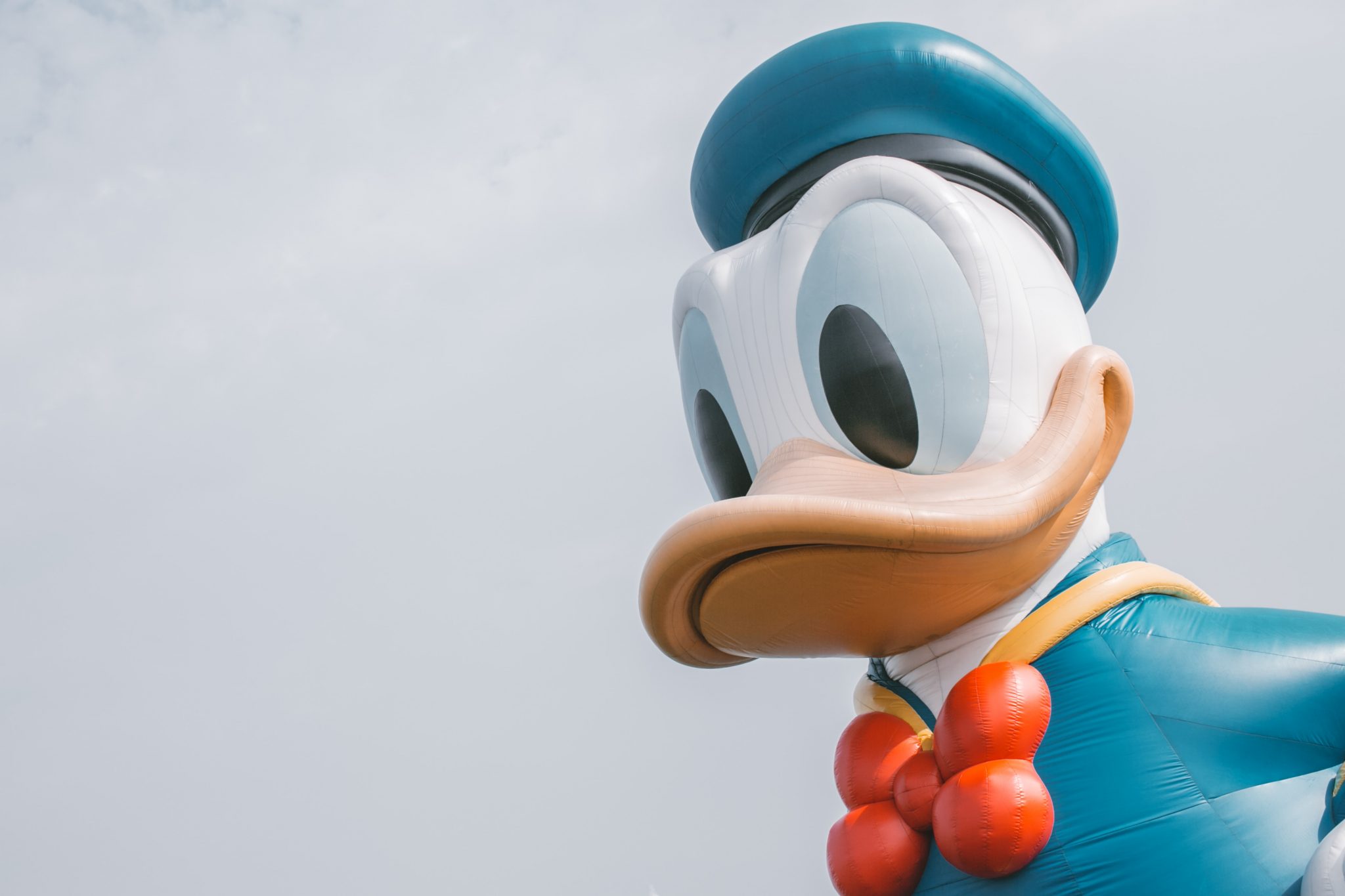We have all assimilated HABEs – Habits, Attitudes, Beliefs, and what it is that we have come to Expect, from the world around us, throughout our lifetime. Our HABEs are automatic, subconscious and repeated. Our Habits, Attitudes, Beliefs, and Expectations are what is “normal” for us in all areas of our lives. A great majority of our HABEs were established at a very young age, some through adolescence, but establishing new ones greatly slows through adulthood – not because we aren’t capable of creating or changing HABEs, we just need to be more deliberate with our intentions or our brain will just play the HABEs that are already there.
When considering a new goal, we want to ask ourselves: Is there anything about my current HABEs that would need to be changed or adjusted in order for me to achieve the new goal? It isn’t that the HABEs that I currently have are wrong; they just aren’t going to serve me well in pursuit of the new goal.
Writer David Foster Wallace offers, “There are these two young fish swimming along and they happen to meet an older fish swimming the other way, who nods at them and says ‘Morning, boys. How’s the water?’ The two young fish swim on for a bit, and then eventually one of them looks over at the other and asks ‘What’s water?’ ” Charles DuHigg, the author of the Power of Habit describes the water as our habits: the unthinking choices and invisible decisions that surround us every day— and which, just by looking at them, we can see through our scotomas and they become visible again. And what makes us want to look at those habits again? That would be a new goal.
Habits can emerge outside our consciousness, or can be designed deliberately. Therefore we develop habits by both accident and intent. By accident: Outside of consciousness, maybe by cracking your knuckles, chewing your nails, playing with your hair, or using “um” as a transition when speaking; or by intent, with deliberate coordination. Athletes, artists, dancers, musicians – consider all of their actions that operate free-flowingly without having to think, just because they have habituated. How did their actions develop to the point of free-flowing? With the willingness to practice, practice, practice; repeat, repeat, repeat; until the action became automatic at a very high level.
How is it possible for them or for us to create the habit?
- having a clearly defined goal,
- a vivid image of the intention,
- and a high expectation of the result.
Think of all the habits we have in our lives that we have developed by intent, like riding a bike, driving a car, playing video games, or mastering the countless apps on our smartphones. Because we desire the result, we are willing to put in the work. So, we practice, practice, practice; repeat, repeat, repeat. When we approach behaviors with a want to, choose to, “I like it,” “I love it” frame of mind, it is easy to muster all the drive, energy, passion, and motivation we needed to develop the habit. Our brain creates it for us because we want it that way.In order to deliberately create habits, we want to delve further into what constitutes a habit and then be intentional about putting them into us. Charles DuHigg, in the Power of Habit, does a great job of compiling and interpreting the prevailing research as to how we can intentionally put Habit Loops into place.Simply, a Habit Loop consists of 3 parts:
- A Cue (which is a trigger), something subconscious or conscious that tips us into the second part,
- A Routine, which is the action or behavior that is repeated free-flowingly, without needing conscious thought or conscious decision-making to have it happen.
- A Reward, an essential aspect to close the habit loop. It is the “why” that provides the willingness to work the routine until it becomes automatic. It is the satisfaction, the sense of accomplishment that is directly tied to the performance of the routine.
If we truly desire to create a new habit, we need to determine the WIIFM: What’s In It For Me. It’s the WIIFM that provides the energy and commitment to make it happen. As Daniel Goleman enlightened us all in Primal Leadership, from a neurological standpoint, what keeps us moving toward our goals in life comes down to the mind’s ability to remind us of how satisfied we’ll feel when we accomplish those things. No matter what drives our passion to do our best work—whether it’s the pure excitement it brings, the satisfaction of learning to do something better, or simply the money we earn— all the motivators/rewards share a common neural pathway. Passion for doing the work, in the brain, means that circuits linked to the left prefrontal cortex pump out a fairly steady stream of good feeling as we perform the routine.In the newest version of Thought Patterns for a Successful Career® / Mastering the Attitude of Success™, we made a commitment to not only teach the concepts of HABEs as each applies to the change process, but to dig deeper in the Extended Learning units, particularly into habit building and also provide many application examples. As Lou Tice always reminded us, “It is not what you know but what you use of what you know that makes all the difference.”Excerpted from Thought Patterns for a Successful Career® / Mastering the Attitude of Success™ © copyright 2015 The Pacific Institute® LLC


